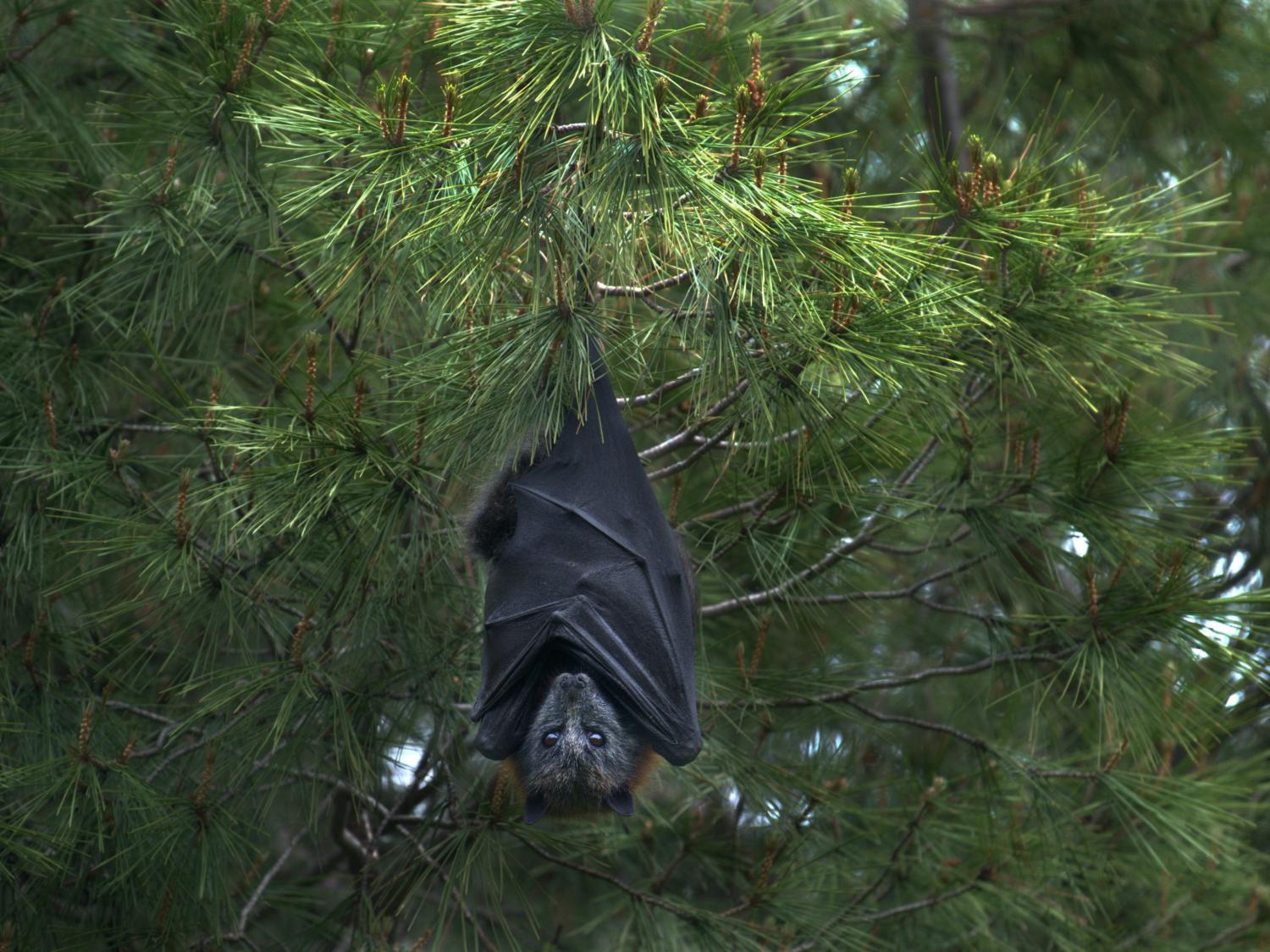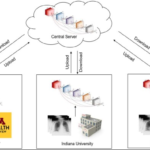新しい研究によると、生息地の消失と厳しい気象条件が相互に作用して食糧不足を引き起こし、空腹のコウモリを人間の集団に近づけ、そこで中間宿主に感染させ、人間に感染させる可能性があることが判明した New research finds that habitat loss interacting with severe weather conditions cause a food shortage that drives hungry bats closer to human populations, where they infect intermediary hosts and can infect people
2022-11-17 ペンシルベニア州立大学(PennState)

Researchers found that bats disrupted by a lack of habitat and food move near humans in agricultural and urban areas, where they can spread Hendra virus to horses and then people. Credit: Vlad Kutepov, Unsplash. All Rights Reserved.
研究は、コウモリの行動、分布、繁殖、餌の有無に関する25年間の複数のデータセットを、気候、生息地の喪失、環境条件の記録と組み合わせたもの。これらのデータを関連付け、原因を探るために、研究者らはベイジアンネットワークモデルを利用した。
その結果、25年の間に60件以上のヘンドラ・ウイルス流出事故が発生したことが明らかになった。これまでの研究でも、生息地の消失と病原体の流出には相関があることが示されていたが、今回の研究により、ウイルスがコウモリから人間に感染するメカニズムが初めて明らかになった。さらに、この研究により、ウイルスを予測し、予防する方法が明らかになった。
<関連情報>
- https://www.psu.edu/news/research/story/prevent-next-pandemic-research-suggests-we-need-restore-wildlife-habit/
- https://www.nature.com/articles/s41586-022-05506-2
コウモリの生態系の急激な変化が引き起こす病原体の波及効果 Pathogen spillover driven by rapid changes in bat ecology
Peggy Eby,Alison J. Peel,Andrew Hoegh,Wyatt Madden,John R. Giles,Peter J. Hudson & Raina K. Plowright
Nature Accepted:01 November 2022
Published:16 November 2022
We are providing an unedited version of this manuscript to give early access to its findings. Before final publication, the manuscript will undergo further editing. Please note there may be errors present which affect the content, and all legal disclaimers apply.
Abstract
During recent decades, pathogens that originated in bats have become an increasing public health concern. A major challenge is to identify how those pathogens spill over into human populations to generate a pandemic threat1. Many correlational studies associate spillover with changes in land use or other anthropogenic stressors2,3, although the mechanisms underlying the observed correlations have not been identified4. One limitation is the lack of spatially and temporally explicit data on multiple spillovers, and on the connections among spillovers, reservoir host ecology and behavior, and viral dynamics. We present 25 years of data on land-use change, bat behavior, and spillover of Hendra virus from Pteropodid bats to horses in subtropical Australia. These data show that bats are responding to environmental change by persistently adopting behaviors that were previously transient responses to nutritional stress. Interactions between land-use change and climate now lead to persistent bat residency in agricultural areas, where periodic food shortages drive clusters of spillovers. Pulses of winter flowering of trees in remnant forests appeared to prevent spillover. We developed integrative Bayesian network models based on these phenomena that accurately predicted the presence or absence of clusters of spillovers in each of 25 years. Our long-term study identifies the mechanistic connections among habitat loss, climate, and increased spillover risk. It provides a framework for examining causes of bat virus spillover and for developing ecological countermeasures to prevent pandemics.


